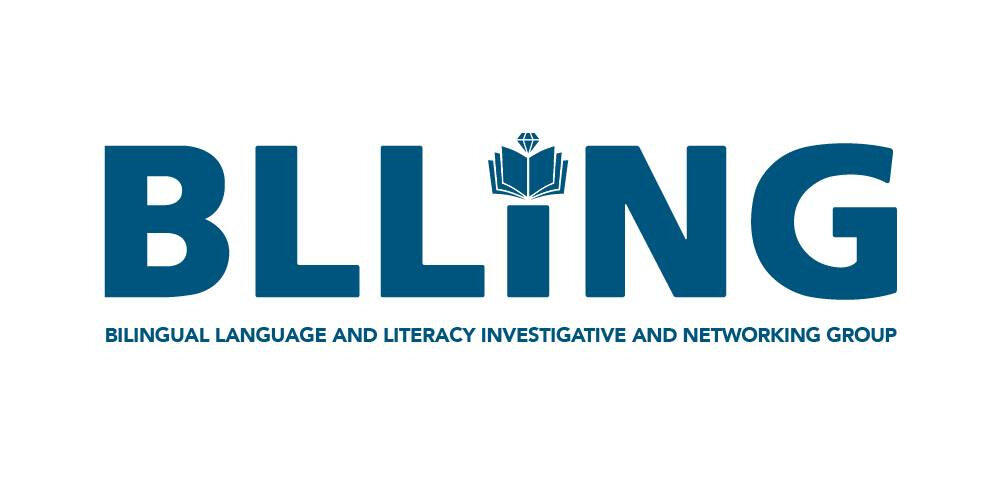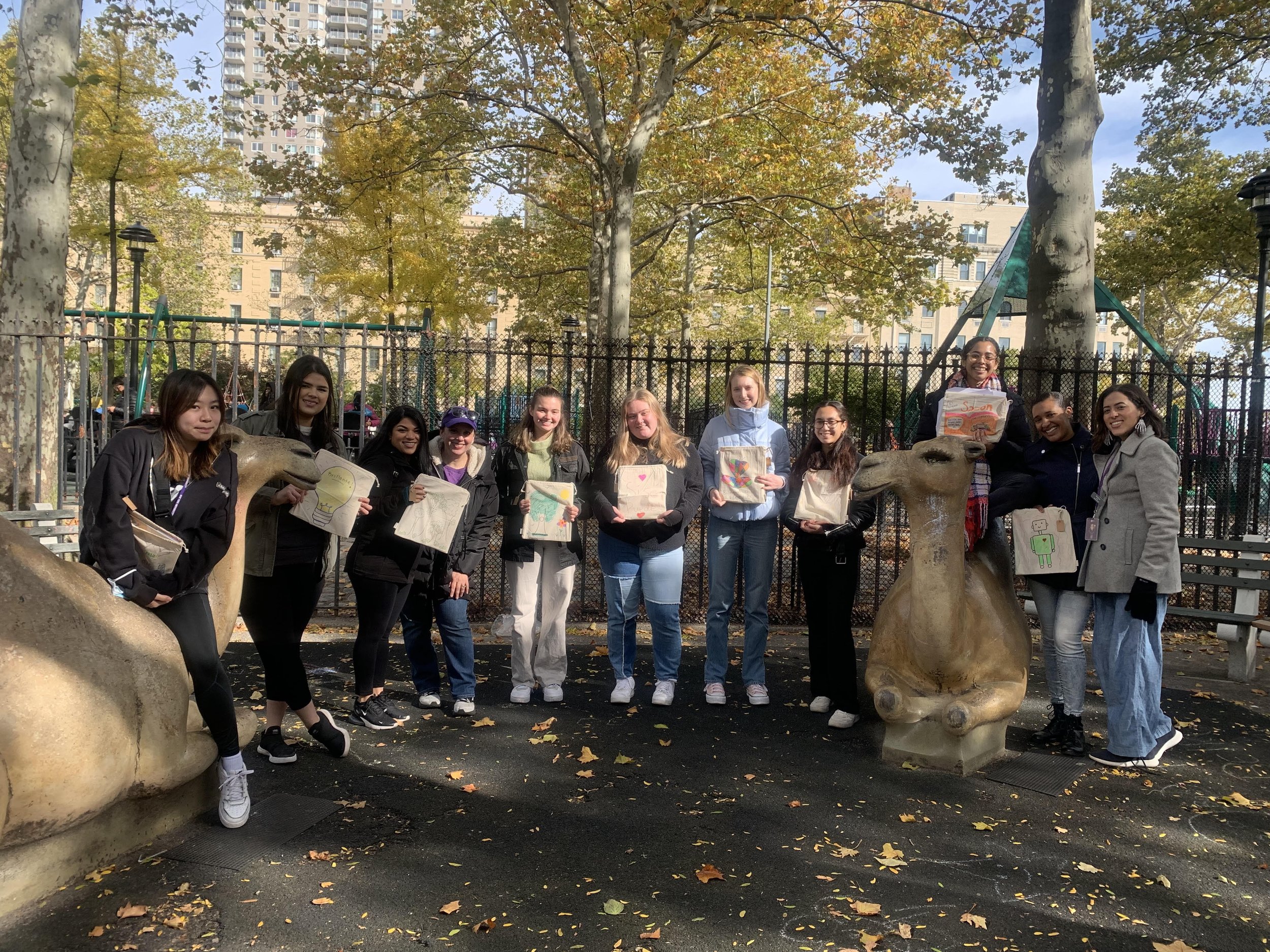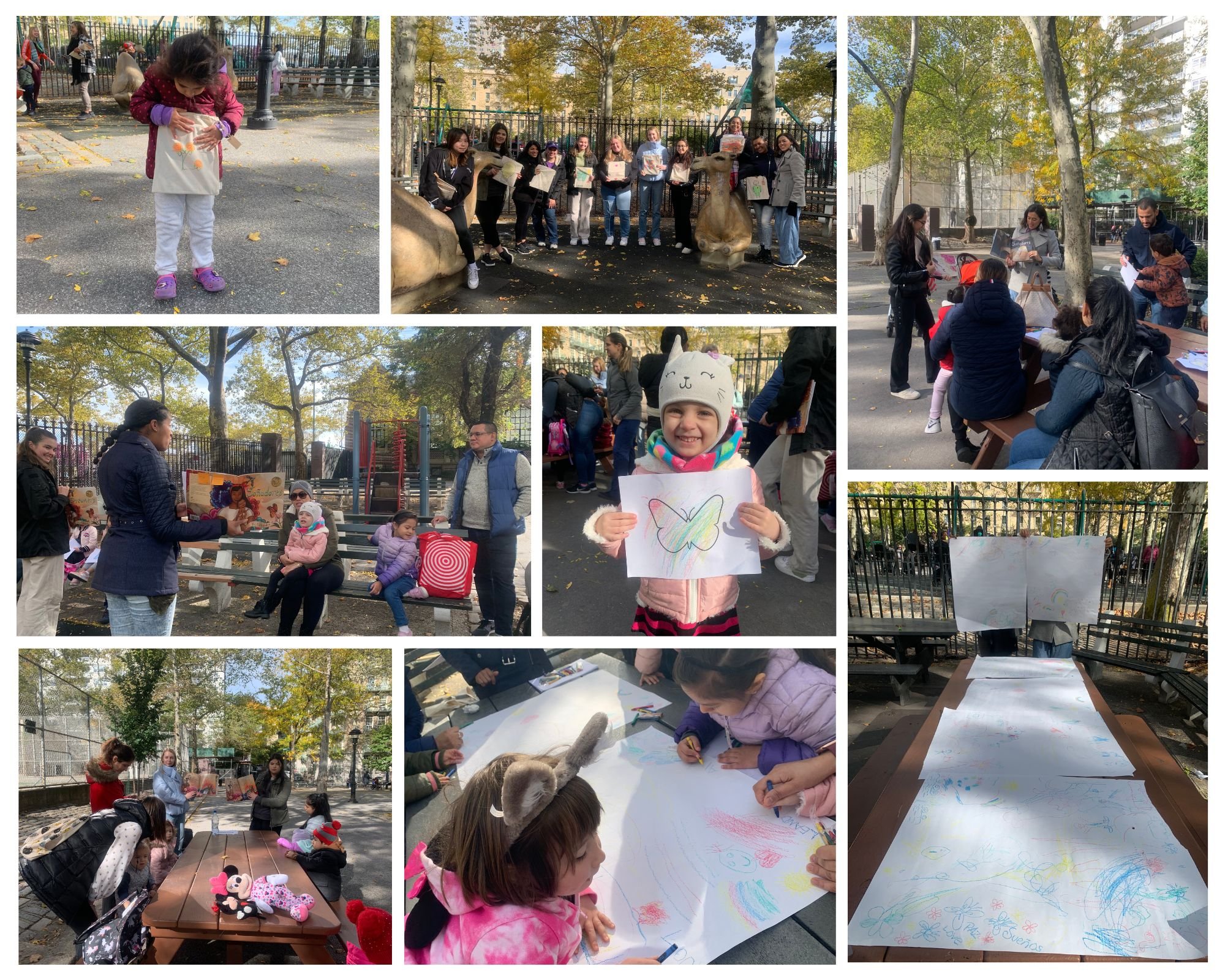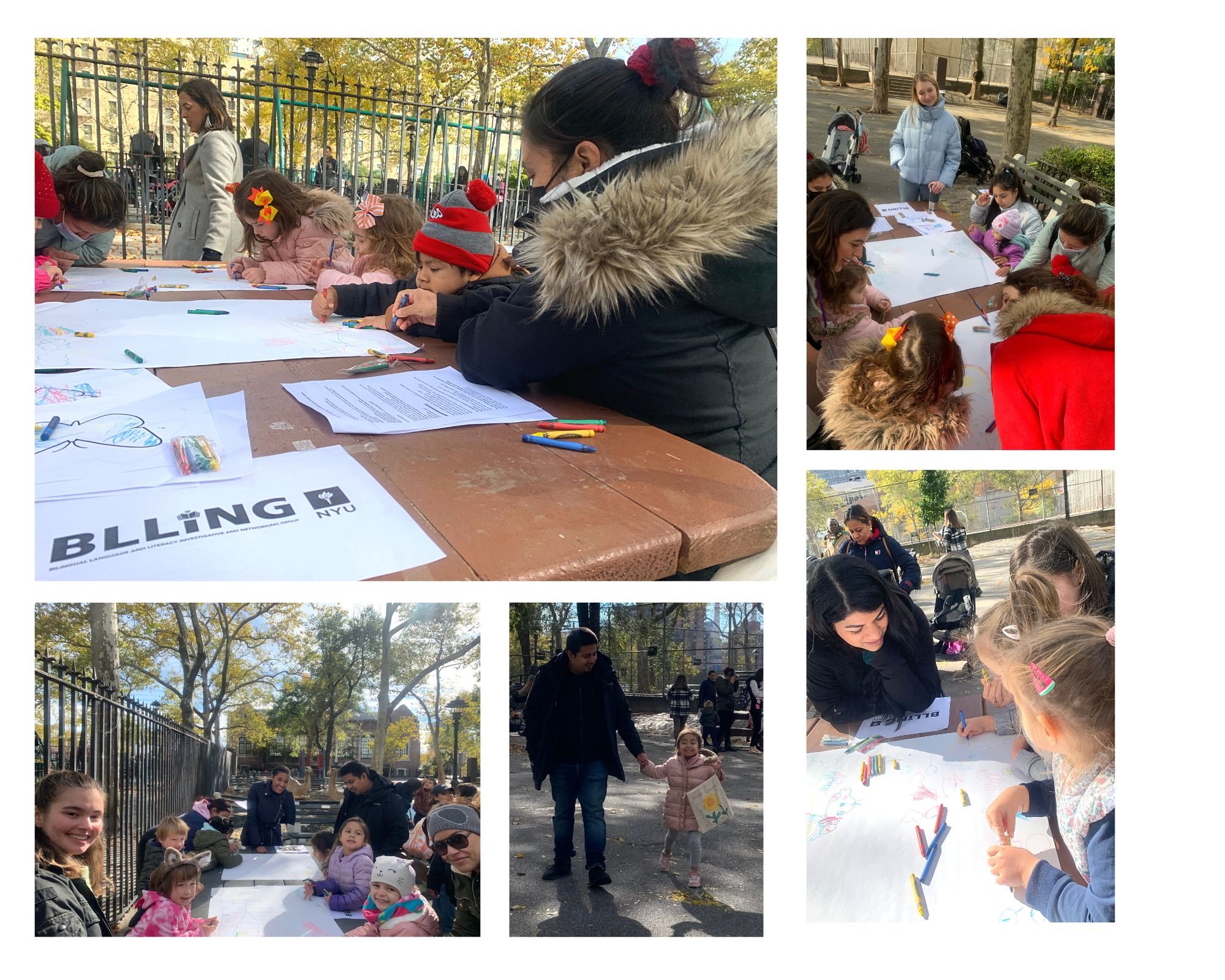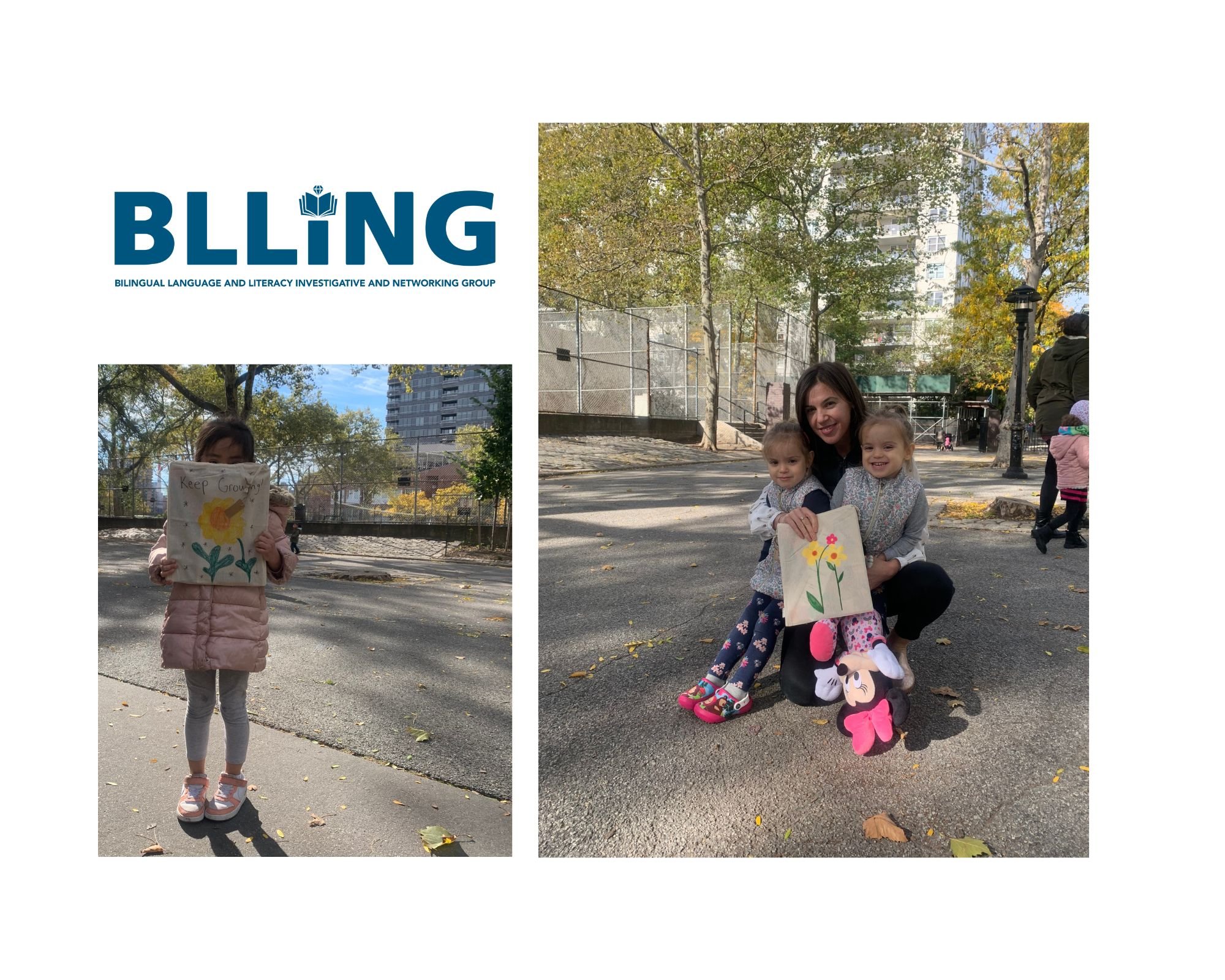-Critical, Compelling, and Linguistically Scaffolded Literature: Implementing Text Sets Multilingually For Social Justice (Babino, Araujo, & Maxwell, 2019).
a. This tutorial aims to provide a text set, “designed with the themes of identity and social justice in order to reflect the students’ struggle to fully participate in the American Dream.” The Research Subcommittee of BLLING thought it was important to include this tutorial to help guide selection of culturally responsive materials when using the interventions outlined in the other three articles included in this annotated bibliography.
b. The text set provided in this tutorial was created for middle and high school students who identify as culturally, socially, and linguistically diverse.
c. Recommendations for implementation of the text set include beginning with the anchor text and working methodically through the remaining texts, explicitly teaching reading comprehension strategies while fostering “multicultural identity negotiations” and providing space for students to develop agency and belonging.
d. Recommendations for creating one’s own text set to fit the needs of students include five steps.
The first step is to identify an anchor book, reflective of and informing the major experiences of the students. Effective anchor books are intriguing enough to maintain motivation and inspire desire to continue to read.
The second step is to identify other books that complement the anchor book, continuing to expand on the overall theme and collaboratively decided upon with the students themselves. Supplementary readings such as poetry collections can be explored too.
The third step recommended includes using social justice objectives with curriculum standards (e.g. identity, diversity, justice, action). This tutorial cites the Teaching tolerance org website as a resource for this step and includes the standards for the text set provided in Table 4.
The fourth step is to include translanguaging opportunities such as use of any language during dialogic practices, creation and use of cognate lists to explore content words in the texts and accepting any language in reflective journaling practices.
The fifth step includes supporting academic use of English by anchoring vocabulary to background knowledge, discussing topics explicitly (before, during, and after), and using graphic organizers (e.g. sentence stems, words banks, genre-based).
-Text-based Vocabulary Intervention Training Study: Supporting Fourth Graders with Low Reading Comprehension and Learning Disabilities (Solis, Scammacca, Barth, & Roberts, 2017).
a. This study examines the effectiveness of text-based reading and vocab intervention with self-regulatory supports for 4th graders with low reading comprehension.
b. Participants: 50 4th grade students with low reading comprehension participated, 44% female and 56% males, and 34% spoke a second language at home.
c. Intervention: eight lesson plans, expository text readings, teacher and student vocabulary materials, and a student self-regulation checklist. Teacher’s vocabulary materials consisted of 24 words (13 directly related to content, 11 considered high-utility words) were targeted by explicitly teaching the word with a simplified definition then expanded upon with pictures or images depicting word meaning, related words, and sample sentences using the words. Student vocabulary materials consisted of a vocabulary card for each word was created for practice with and access to the simplified definition on the front and related words on the back. The self-regulation checklist included contained sections to establish goals of vocabulary learning, monitor learning through self-monitoring statements before and after each lesson, and reflect on goal attainment.
d. Results & Limitations: results were clinically significant gains associated with students in the intervention on curriculum-based measure of vocabulary and reading; combination of vocabulary instruction, text-based reading and self-regulatory supports improved vocabulary and reading outcomes. Limitations include number of participants, short duration of intervention (only 8 days), and no standardized measure of vocabulary was included.
-Evaluating a Self-Regulated Strategy Development Reading-Comprehension Intervention for Emerging Bilingual Students with Learning Disabilities (Jozwik, Cuenca-Carlino, Mustian, & Douglas, 2019).
a. This study looks to expand the literature the effectiveness of a self-regulated strategy development (SRSD, Mason et al., 2006) focused on reading-comprehension for emerging bilingual students.
b. Participants: four 5th grade students with Individualized Education Plans identifying learning disabilities specific to reading comprehension needs; three male, one female, three Spanish-English speakers, and one Arabic-English speaker.
c. Intervention: 32-minute sessions, daily during the school week for a total of 61 sessions; small group instruction (6 students) on TRACK (Think, React, Ask Questions, Connect, and Keep track of thinking) strategy. The teacher implemented SRSD instruction in six stages: developed foundational knowledge for self-monitoring, discussed the purpose and benefits of TRACK, modeled use of the strategy, provided space for students to memorize the steps of the strategy, supported used of the strategy, and then allowed independent use of the strategy. Specific examples of how to implement with fictional and non-fictional texts for each stage are provided in this paper.
d. Results & Limitations: results demonstrated an increase above baseline for all participants in answering comprehension questions and all participants were able to move from consistent strategy use to comprehension-answering then to maintenance phases. Participants’ reading comprehension was also assessed with curriculum-based measures and each score increased by at least six correct replacements. Additionally, participants agreed (via post-assessment survey on perceptions) that TRACK helped improve comprehension of text. Limitations include number of participants, typical validity and blinding concerns with small baseline-intervention-maintenance studies, and the fact that the dependent variables were proximal measures of reading comprehension.
- The Effect of a Structured Story Reading Intervention, Story Retelling and Higher Order Thinking for English Language and Literacy Acquisition (Cruz de Quiros, Lara-Alecio, Tong, & Irby, 2012).
a. This is a substudy of a larger study which examined the efficacy of Story retelling and higher order thinking for English Literacy and Language Acquisition (STELLA) over five years on the story retell abilities of emerging English-speaking students for narratives and informational narratives. This substudy took place over six weeks for first and second graders involved in the larger study and tested abilities in both languages post-intervention.
b. Participants: 72 Spanish-English speaking students were enrolled in a transitional bilingual programme from kindergarten to third grade; 38 were provided the intervention.
c. STELLA intervention: implemented for 35-40 minutes daily and involved specific steps to explore texts by explicitly teaching content vocabulary prior to teacher modelling and student practice. Vocabulary lessons provided a student friendly definition, used vocabulary cards for students to write the definitions on one side and complete the cloze sentence provided on the back side further anchor understanding; teachers then modelled use of the word, provided guided practice with the word, then students practiced independently in and out of context. Comprehension strategies were also explicitly taught prior to reading texts. First graders were provided explicit instruction on story grammar elements (setting, characters, plot, problem, and solution). Second graders were provided in-depth instruction on how to monitor understanding of story grammar elements orally (story circle), visually (story map), and with more support when needed (sequence of events cards). Texts were initially fiction then informational narratives then expository in nature to further develop understanding of story grammar elements in genres. Texts were also explored with reviewing and retelling activities, encouraging students to anchor understanding and practice oral language skills. Control groups were not provided explicit vocabulary instruction prior to reading the same texts and reviewing/retelling questions were of low cognitive levels (mostly yes/no questions). The appendices of this substudy provide examples of higher order listening
d. Results & Limitation: effect sizes of positive performance for students who received the intervention ranged from .438-.646 for story grammar, .059-.217 for impact on both languages such that betterment in Spanish resulted in betterment in English, and .097-.355 for impact on story grammar elements across genres except setting. There was also an interaction effect identified between language, group, and sequence of events. Students who received the intervention performed comparably across languages whereas the control group’s Spanish performance exceeded English. Limitations include inability to control teacher effect in the control group, use of only Spanish-English speaking students, and inability to randomly select students as schools were selected.
References
Babino, A., Araujo, J. J., & Maxwell, M. L. (2019). Critical, compelling, and linguistically scaffolded literature: Implementing text sets multilingually for social justice. Texas Journal of Literacy Education, 7(1), 44-64, DOI: https://eric-ed-gov.proxy.library.nyu.edu/contentdelivery/servlet/ERICServlet?accno=EJ1221648.
Cruz de Quiros, A. M., Lara-Alecio, R, Tong, F., & Irby, B. J. (2012). The effect of a structured story reading intervention, story retelling and higher order thinking for English language and literacy acquisition. Journal of Research in Reading, 35(1), 87-113, DOI: 10.111/j.1467-9817.2010.01472.x
Jozwik, S. L., Cuenca-Carlino, Y., Mustian, A. L., & Douglas, K. H. (2019). Evaluating a self-regulated strategy development reading-comprehension intervention for emerging bilingual students with learning disabilities. Preventing School Failure: Alternative Education for Children and Youth, 63(2), 121-132, DOI: https://doi.org/10.1080/1045988X.2018.1523126.
Solis, M., Scammacca, N., Barth, A. E., & Roberts, G. J. (2017). Text-based Vocabulary Intervention Training Study: Supporting Fourth Graders with Low Reading Comprehension and Learning Disabilities. Learning Disabilities: A Contemporary Journal, 15, 103–115, DOI: http://dx.doi.org.proxy.library.nyu.edu/10.1080/1045988X.2018.1523126.









